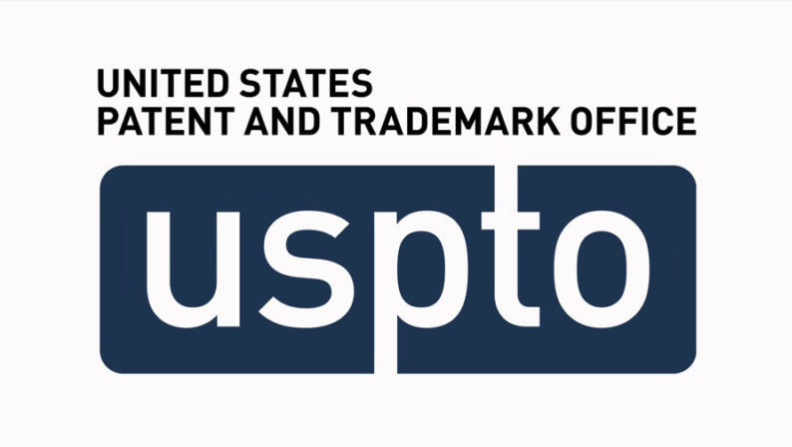
In 2012, National Intellectual Property Administration (CNIPA) enacted Measures for Affixing Patent Markings which came into force on May 1st, 2012. Recently, on January 2nd, 2019 CNIPA further issued the Guidelines for handling patent marking non-conformity cases (for trial implementation). Based on the rules for affixing patent markings, improper patent marking could lead to serious punishments.
The Patent Law grants the patent rights owner to label the patent markings on its patented products on its products or packaging. Patent marking is not compulsory and is no 100% guarantee that compensation will be award in patent infringement. However, many patent owners still want to label their patent markings to alert others that the product is legally protected against infringement, and to give consumers better impressions such as the product is innovative and is originate.
Not only the owner of the patent, licensees explicitly authorized by patentees can also have the right to label the product. Whoever does not have the right but falsifying patent marking on a product or on its packaging, such action we called patent counterfeiting. Patent counterfeiting further includes actions of continuing using a patent marking which the patent is no longer valid or has expired; using other people’s patent number on a product or on its packaging; misrepresentation; and falsifying a patent certificate and documents or application documents. According to Article 63 of the Patent Law in China, a person who counterfeits the patent shall confiscate all illegal earnings with a fine up to four (4) times of the illegal earnings. If there are no illegal earnings, the maximum fine will be RMB 200,000. If the act constitutes a criminal offense, criminal liabilities shall be pursued in accordance with the criminal law.
According to the current criminal law in China, for serious circumstances case, patent counterfeiting shall be sentenced to fixed term imprisonment of no more than three (3) years (Article 216 of the Criminal Law).
The patent marking is not limited to actual thing, it can be an electronic marking as well. In either way, the patent marking should include clear indications of the patent type (i.e., invention patent, utility model patent or design patent) and the patent number. If product is made from a method patent, the marking must explicitly indicate the product being obtained through a patented process. For pending patent application, the marking must include additional phrase indicating that the patent application is not yet granted. Only for the granted patents, the patent number begins with “ZL”.
In many scenarios, some patent applicant mis-used “ZL” in pending patent applications. It directly violates the regulation of proper patent marking. Another common scenario is that the product is only labeled with phrases like patented product, patent pending product or product is already apply for world/international patents. These actions are also considered non-standard patent marking.
Although the patent marking can also be an electronically label in a virtual environment such in an e-commerce website, marking on to an actual patented product with URL/QR code accessible to the public is not allowed in China.
Moreover, the labeled patent/applications must be correctly corresponded to the product or its associated process. For instance, if the product is a cosmetic gel and the marking patent is direct to a gel machinery, it also violates the regulation of proper patent marking.
In conclusion, marking products with a patent number or patent application can be used to point out to the alleged infringer the existence of a patent application, which opens the possibility of claiming damage compensation. However, it is very important not to place any erroneous information on the product or worse, incorrect information. This could result in fines, especially for China as now strictly strengthening the supervision and administration of patent marking (patent counterfeiting).










